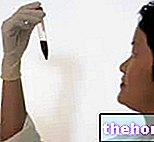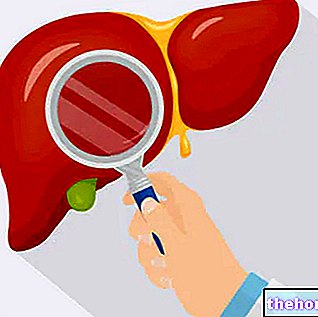
Eosinophils are produced in the bone marrow and, in the blood, represent approximately 1-4% of the white blood cell population. On the other hand, their concentration is higher in those tissues exposed to environmental agents, such as the mucous membranes of the digestive tract and respiratory tract, the genitourinary epithelia and the connective tissue of the skin. At this level, in fact, eosinophils protect the body from any attack by parasites, which fight by releasing substances capable of damaging or killing them.
For this reason, eosinophils are included, together with Tc lymphocytes, in the category of cytotoxic leukocytes. Furthermore, due to the presence of many small cytoplasmic granules, they fall into the category of granulocytes (particular types of white blood cells) to which basophils and neutrophils also belong.
The name eosinophils derives from the fact that their cytoplasmic granules are colored pink-red with a particular dye called eosin. By examining the content of these granules, many chemicals have been discovered capable of mediating the various defense and modulatory reactions in which they are involved. Eosinophils, for example, are particularly active during inflammatory and allergic reactions, where they contribute to the inflammatory process and tissue damage through the release of oxidizing substances and toxic enzymes.
















.jpg)











